Since it made its debut a full quarter-century ago, there’ve certainly been reasons to praise the Toyota Prius for its fuel-sipping hybrid powertrain. But it hasn’t scored big in either the performance or fun-to-drive categories. Now, with the latest-generation hatchback, it’s an entirely new game. And it’s won over our reviewer.
Okay, let’s start this review off with a note of complete candor. While I didn’t hate the old Toyota Prius, I certainly didn’t have much use for it. Yes, it delivered truly impressive fuel economy. And the original version of the hatchback, the world’s first hybrid, certainly helped shift the market — gas-electric models last year accounting for more than 8% of U.S. new vehicle sales. But, unless you’re a hyper-miler, the outgoing model was neither fun to drive, nor fun to look at.
All that changed last year with the launch of the fifth-generation Toyota Prius. Yes, it’s still set to deliver benchmark mileage. But, according to Chief Engineer Satoki Oya, fuel economy wasn’t even one of the top three goals for the 2023 makeover. At the top of the list: design and performance.
No, it’s by no means the fastest car in its size class — though the plug-in version, the Prius Prime, takes performance up a big notch. But when you add it all together, I have to confess, I was impressed enough by the 2024 Toyota Prius that I’d have no problem parking it in my driveway for a lot longer than the week I just spent behind the wheel. Oh, and I doubled down on my praise as one of the 50 U.S. and Canadian journalists who this month named the hybrid the 2024 North American Car of the Year.
Powering up
The original Prius debuted in sedan form way back in 1997. It migrated to a hatchback body style by the time the hybrid made the trip across the Atlantic three years later. From a technical standpoint it was a tour-de-force, the first mass market vehicle to pair an internal combustion engine with an electric motor to deliver what was then mind-boggling mileage numbers.
Prius quickly became the darling of the environmental movement and some of its high-profile fans. Leonardo DiCaprio, for one, thrilled the paparazzi when he drove one up to the Oscars. At its peak, Prius was the best-selling car in green-minded California. But demand slackened off in recent years. The fourth-generation hybrid wasn’t well received, its awkward design being lambasted by reviewers.
Launched in 2023, the fifth-generation Prius got a ground-up makeover. Now based on Toyota’s TNGA platform, it’s an inch longer and an inch wider than the outgoing hybrid – but about two inches lower. And it adopts a decidedly more stylish appearance that has generated a far more positive buzz since the 2023 model made its debut at the Los Angeles Auto Show in November.
Balancing mileage and performance
With the first four generations, fuel economy trumped everything, including both performance and design. The model that rolled out in 2015 was as ungainly as you could get when it came to looks, and performance fell into the “stone pony” category.
Not so the gen-five Prius. There are now two distinct versions of the Toyota hybrid, the Prius and the Prius+. The latter, plug-in hybrid is a surprisingly sporty package, pushing out 220 hp – a 77% improvement from the old, fourth-generation plug-in package. It cuts a full second off of launch times, at 6.7 seconds 0 to 60.
I spent my week driving the standard-issue hybrid, however. It’s also been upgraded from 121 to 193 horsepower thanks to a complete makeover of its two-motor gas-electric drivetrain. It’ll still hit 60 in just a fraction over 7 seconds, a nearly 3 second improvement over the prior hybrid.
And the significant bump in power does not mean sacrificing fuel economy. The standard Prius hybrid now is rated at 57 mpg combined, a 1 mile-per-gallon improvement. Prius Prime also gets better fuel economy – as well as a 50% increase in range, to 24 miles, while operating in all-electric mode.
More Reviews
- The 2024 Genesis Electrified GV70 is a gem
- Check out this list of our favorite reviews of the past year
- The 2024 Volvo XC90 Recharge makes Waves in the Midsize SUV segment
Driving impressions
Here’s where the fifth-generation Prius really shines. The outgoing hybrid – like all of the Prius models before it – had one core assignment: maximizing mileage. Unless you got a thrill watching the instant fuel economy gauge, it really wasn’t a fun-to-drive vehicle. Until now, anyway.
Where the outgoing hybrid was sluggish, the right pedal slow to respond to driver input, the 2024 Prius proved far more responsive to demands for power, allowing me to stomp on the throttle coming out of a corner and pointing the nose right where I wanted to go. That underscores a fundamental change in philosophy. Earlier versions used the electric side of the drivetrain solely to eke out as much energy efficiency as possible. Now, Prius benefits from not just added power but the fact that electric motors can deliver maximum torque the moment they start spinning.
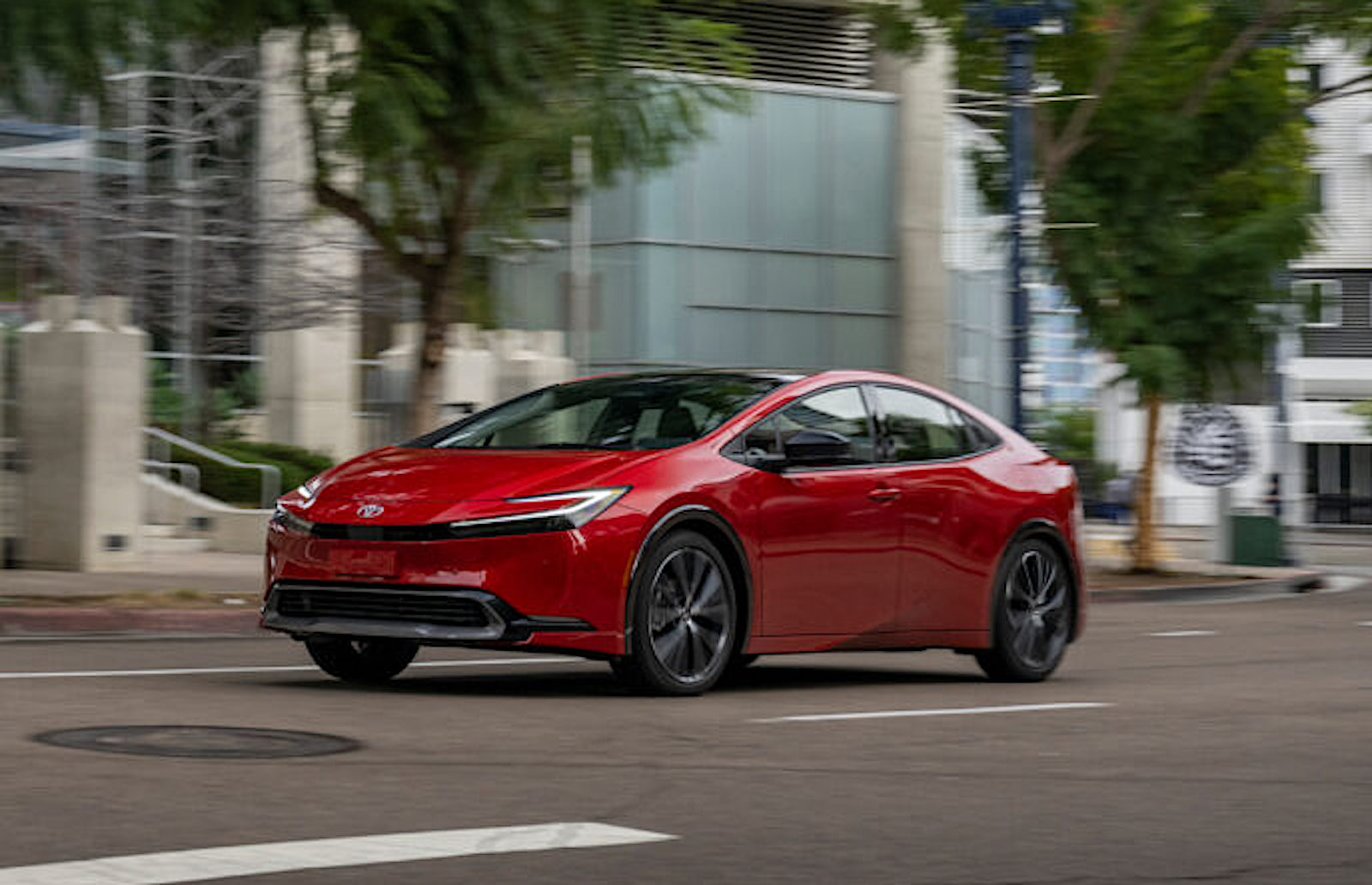
The all-new Prius made an impression on the 50 jurors who named it 2024 North American Car of the Year.
Improved straight-line acceleration would, on its own, be well appreciated, but I found the new Prius also to be much nimbler than the outgoing package. It benefits from a lower center of gravity and an updated suspension allowing it handle corners much more predictably, with far less body roll than before. The suspension also tamed Michigan’s notorious potholes more effectively. Add the updated steering system that proved more precise and delivered more direct road feel.
I previously had a chance to drive the front-wheel-drive version of the 2024 Toyota Prius and found it more than up to most day-to-day driving situations. That said, the optional all-wheel-drive system I spent my week in did add a bit more grip under aggressive driving on dry pavement, as well as an added measure of traction when the first snow began falling here in Michigan. The automaker expects about 30% of buyers will opt for the AWD option. I’d be surprised if it wasn’t a bit higher, especially in cooler parts of the country.
During my day in San Diego I stuck with the Limited version of the new Prius. But I had the opportunity to switch between the front- and all-wheel-drive models. There was surprisingly little difference between the two on dry pavement – though the AWD system did seem to help retain control a bit better on tight corners. Kudos to Toyota for switching to an all-speed system, rather than the low-speed all-wheel-drive of the gen-4 hybrid.
Sporty design
Here’s where Prius has truly been transformed. The gen-4 hybrid had a look only an aerodynamicist could love. The amazing thing is that the fifth-generation package is longer, wider, lower, and from a design perspective. A definite eye-pleaser. With its decidedly shorter front and rear overhangs, it adopts a far more dynamic and sporty appearance that has abandoned some of the goofier details found on the outgoing model, starting with the jug-eared taillights.
Overall, the new Prius gets a gentle, coupe like slope to the front end, windshield and roofline, though it retains its five-passenger hatchback layout.
Slit-style lamps stretch across the nose, then hook along the front fenders before boomeranging back in front of the hood. The jug-eared taillamps have been replaced by a crossbar mirroring the front headlights — and looking much like what Toyota developed for its Mirai hydrogen fuel-cell vehicle.
Interior
There’s a clean and uncluttered look to the interior. And it does move away — though not entirely — from the use of the hard plastic surfaces that gave the outgoing hybrid a bit of a cheap look.
The new cabin design appears to have been strongly influenced by Toyota’s new battery-electric vehicle, the bZ4X. That starts with a high-mounted 7-inch digital gauge cluster, with a large touchscreen infotainment system mounted at the top of the center console. The hatchback does retain more conventional controls for some vehicle functions, such as volume and climate settings.
The twin-screen layout is visually appealing but does have its faults. The digital gauge cluster, in particular, has been mounted up high, apparently to obviate any need for an additional head-up display. Personally, I found it easy to read, minimizing the need to look down to check vehicle speed, for one thing. But I tend to position the steering wheel low and out of the way. My co-driver prefers to have the steering wheel raised high and, in that position, it can cut off part of the digital display.
Another complaint: the more streamlined roofline creates a slight compromise to rear-seat headroom. And the steep rake of the new hatch somewhat limits rear visibility — even though, from the outside, it appears to use a large piece of glass. On the positive side: the added width and length of the new model yields more shoulder and legroom. And the new Prius adopts larger, more supportive seats that are easier on the back and butt during long drives.
Safety and Technology
The 2023 Toyota Prius updates to the latest Toyota Safety Sense 3.0 suite of advanced driver assistance systems. This includes standard technology such as blind-spot detection, rear cross traffic alert and forward collision warning with emergency auto-braking. There are a handful of systems that are added on higher trim packages – or offered as options on base and mid-level versions of the hybrid. These include front cross traffic alert and lane-change assist.
Toyota officials bill the fifith-generation Prius as a “high-tech marvel,” with features such as an electronically operated curve control system to help a driver stay in their lane during aggressive maneuvers.
But much of that high-tech gear can be found inside the cabin, starting with twin digital displays. That includes the new, high-mounted LCD gauge cluster, as well as the latest Toyota infotainment display. In the base model, that’s an 8-inch touchscreen. The mid-range XLE hybrid can be upgraded to a 12.3-inch display – which is standard on the high-line Prius Limited. With the larger screen you get a new Amazon-Alexa-style voice assistant that, simply by saying, “Hey, Toyota,” lets you issue commands to operate a wide range of vehicle functions while also answering questions, such as the weather forecast.
There’s Android Auto and Apple CarPlay, as well as Sirius/XM radio. Depending upon trim package there’s wireless smartphone charging. And one of the new features, dubbed Digital Key, lets you rely on a smartphone app to not only get into your Prius but run it, leaving the keyfob at home. Add the latest suite of advanced driver assistance technologies.
Wrap Up

The Prius “family” includes front- and all-wheel-drive versions, as well the the Prius Plus plug-in hybrid.
While I have long respected the technology in early versions of the Prius, it was never a product I had a desire to own. And the outgoing model, with its cartoon-like design, just seemed the answer to a question no one was asking. Add the fact that Toyota – and competitors – now offers so many hybrid alternatives and sales of the Prius have been on a sharp decline in recent years.
All but certainly gone are the days when Prius can top the hybrid sales charts, never mind again become the most popular vehicle in California. Nonetheless, the 2024 Toyota Prius should regain some of its former glory. The new model is attractive, fun to drive and still a leader when it comes to fuel economy.
Pricing for the 2024 Toyota Prius starts at $27,950 for the base LE with front-wheel-drive, and jumps to $29.350 with all-wheel-drive. The Limited AWD jumps to $36,365. (Add another $1,095 in delivery fees.)


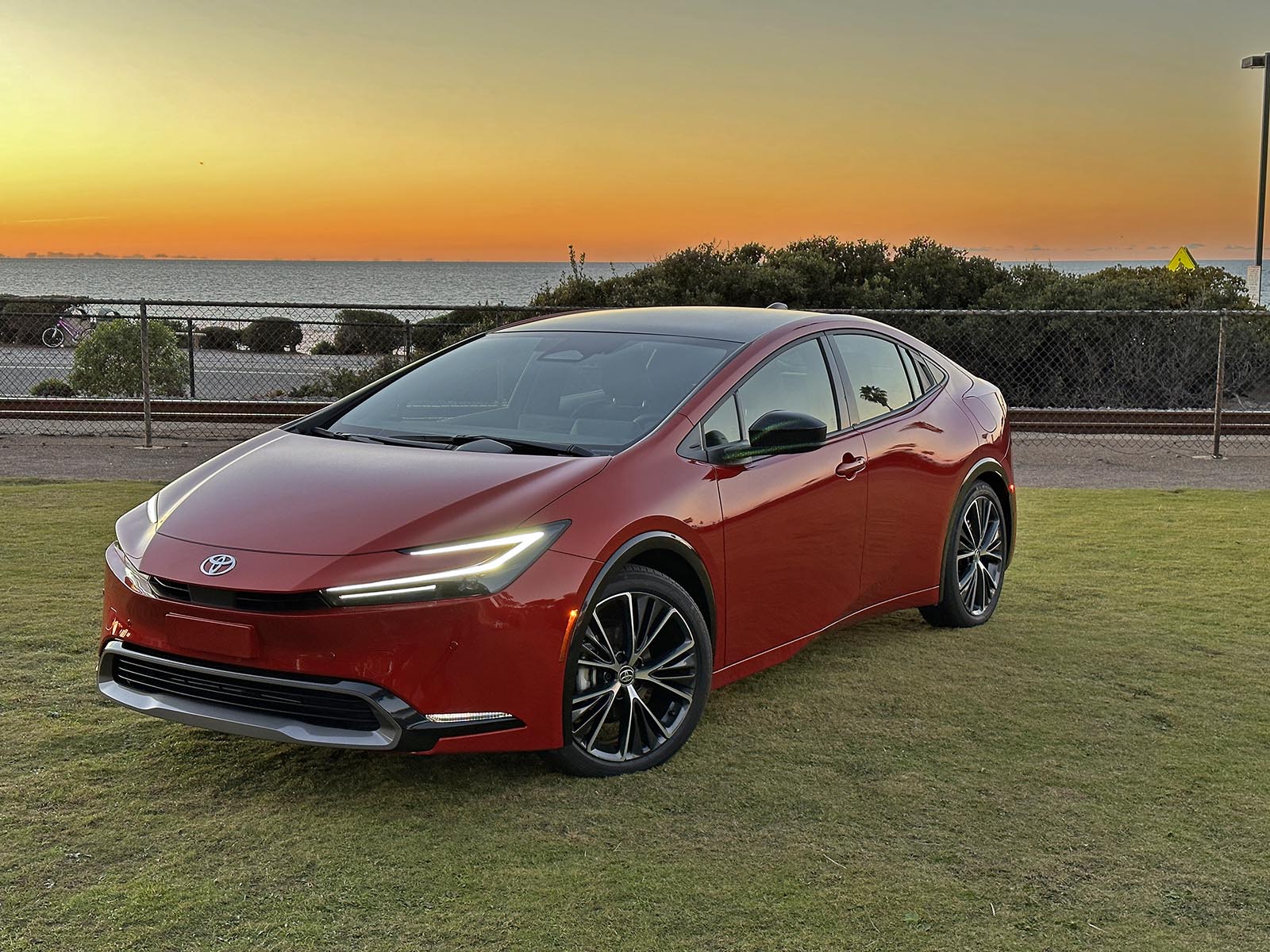
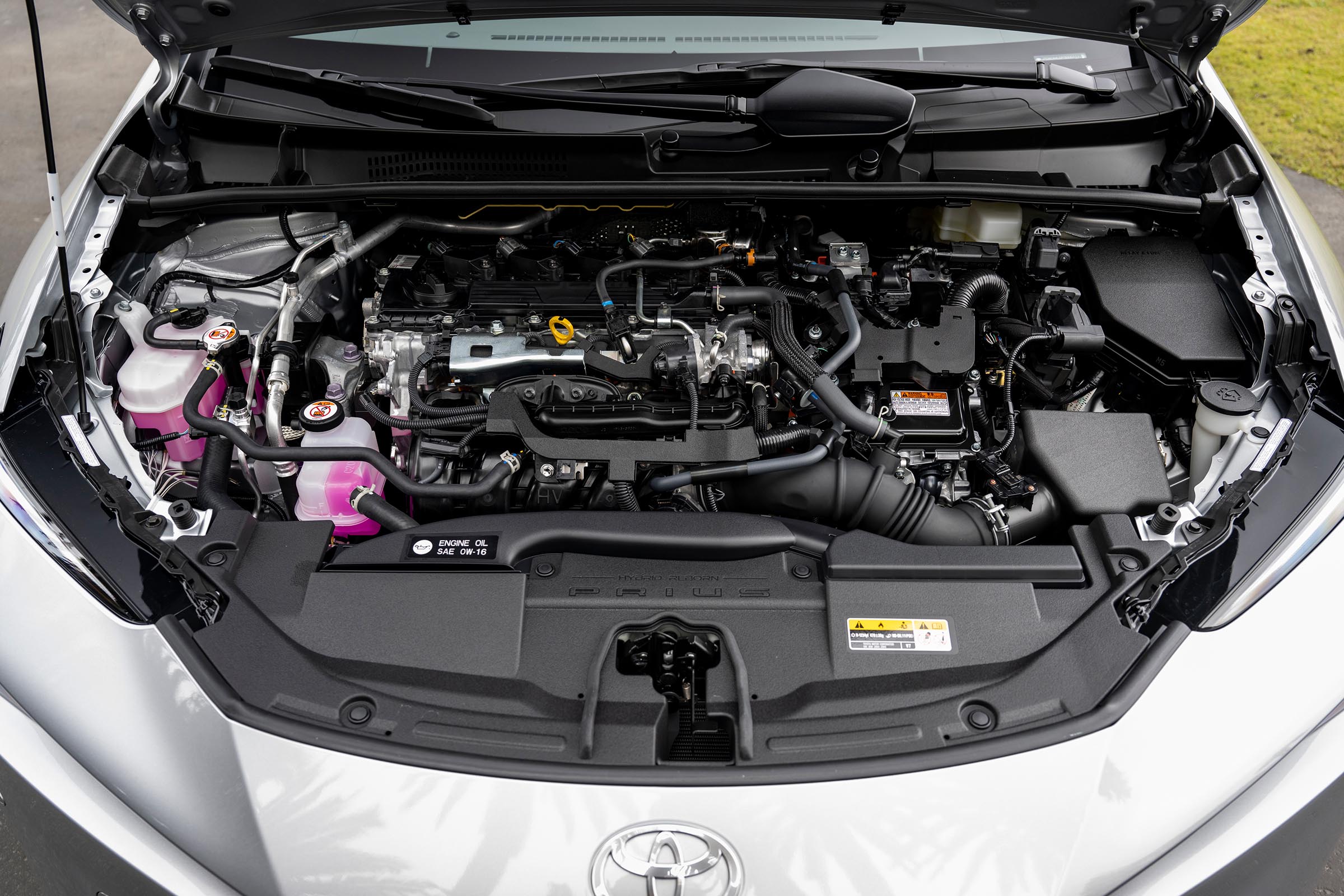
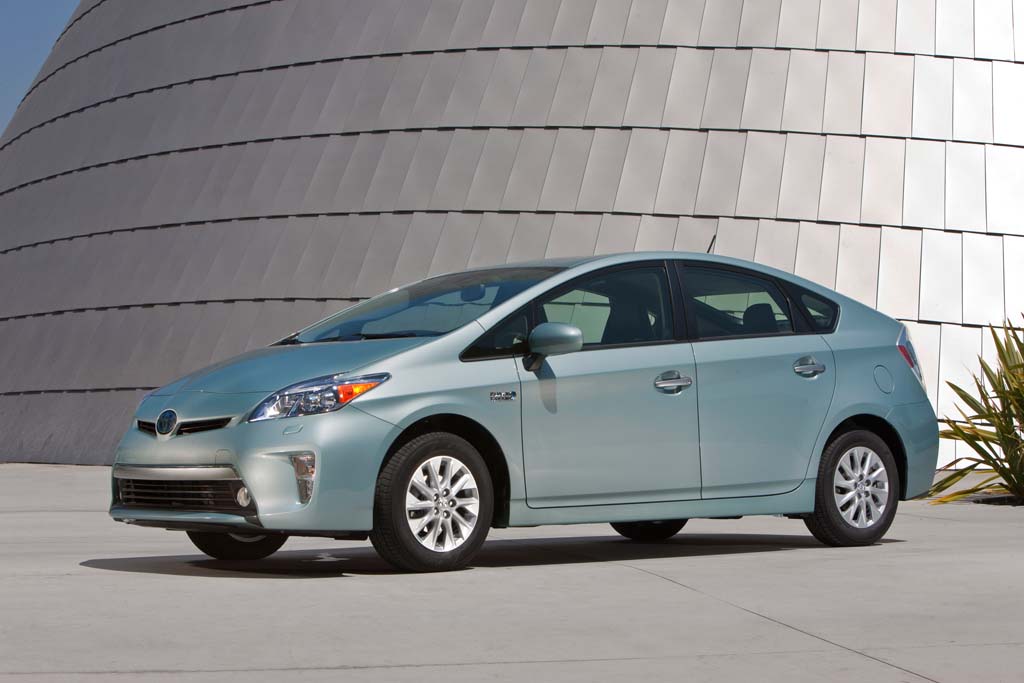

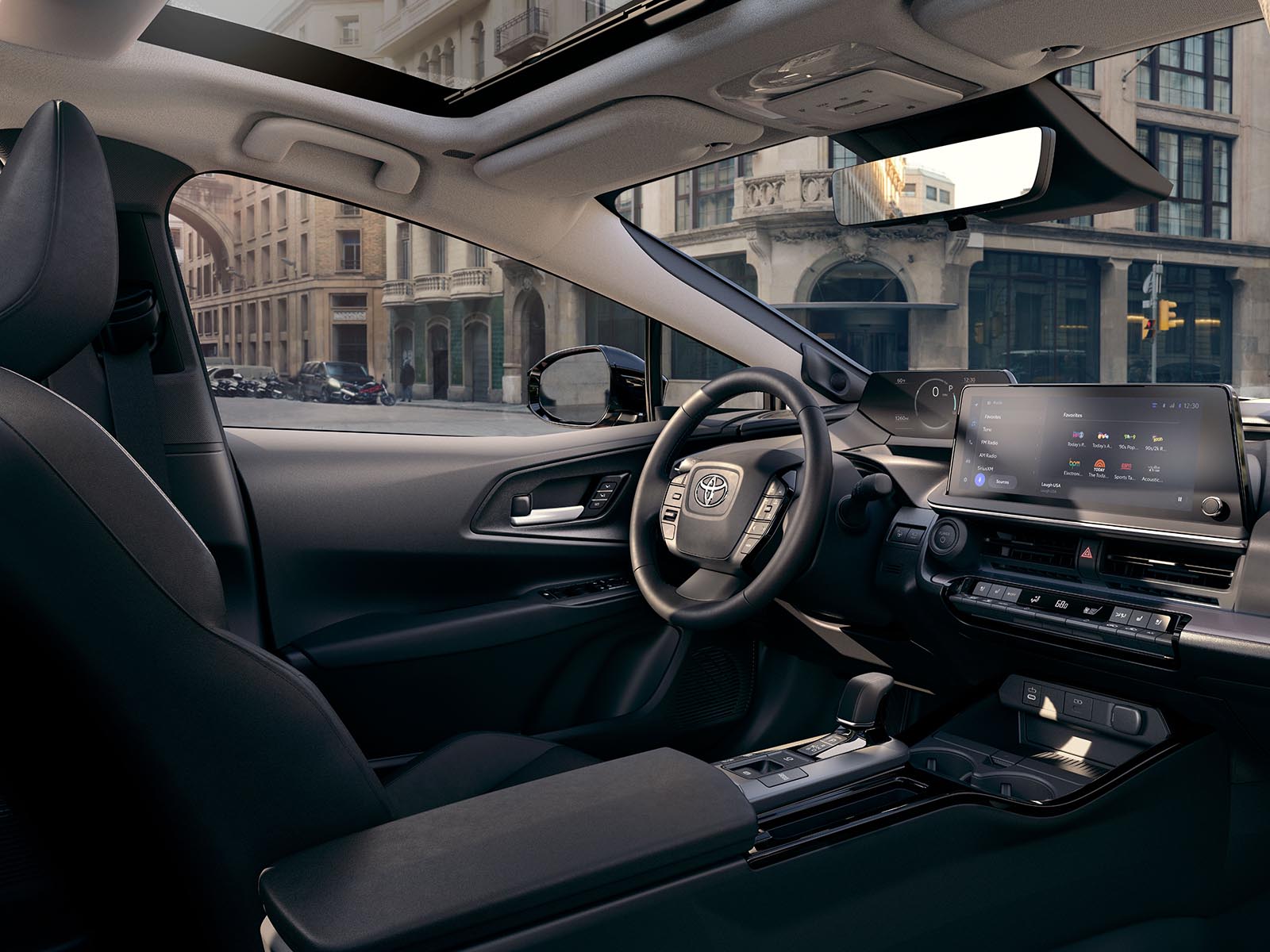

0 Comments
Trackbacks/Pingbacks